- No products in the cart.

Plaquenil tab n / 200mg film about 60 pc
$10.27
Plaquenil tab n / 200mg film about 60 pc
SKU: 0775136054 Categories: Antibiotics, antimicrobial, antiparasitic, Antiprotozoal, Medicaments Tag: SANOFI RUSSIA
Description
Composition
Active substance:
1 tablet contains: hydroxychloroquine sulfate – 200 mg ;.
Excipients:
Lactose monohydrate – 30 mg, povidone (K25) – 2,0 mg corn starch – 66.0 mg Magnesium stearate – 2.0 mg Opadry OY-L-28900® – 14,6 mg (Hypromellose – 4.09 mg macrogol-4000 – 1.46 mg titanium dioxide (E 171) – 3.80 mg lactose monohydrate – 5.25 mg).
Description:
Round biconvex tablets, film-coated white engraved “NSQ” on one side and “200” – on the other side.
Product form:
Tablets, film-coated, 200 mg.
15 tablets in a blister of PVC and aluminum foil. As 4 blisters together with instructions for use in a cardboard box.
Contraindications
Hypersensitivity to hydroxychloroquine, 4-aminoquinoline derivative and any other component of the formulation. Retinopathy, maculopathy, including history. Children’s age, if necessary, long-term treatment (in children have an increased risk of toxic effects). Children under the age of 6 years (200 mg tablets not intended for children with “ideal” body weight less than 35 kg). Pregnancy (see. Section “Pregnancy and lactation”). Hereditary lactose intolerance (lactase deficiency), or galactosemia malabsorption syndrome glucose / galactose (due to the presence of lactose in the composition of the drug).
Carefully
When visual disorders (reduced visual acuity, impaired color vision, visual field loss), while taking drugs known to cause adverse ocular reaction (risk of progression of retinopathy and visual disturbances). When hematological diseases (including in history). Neurological disorders, psychosis (including history). In late cutaneous porphyria (acute risk), psoriasis (risk of increased cutaneous manifestations of the disease) simultaneous administration of drugs that can provoke skin reactions. In renal failure and / or hepatic failure, hepatitis, simultaneous administration of drugs capable of adversely affect the function of the liver and / or kidneys (with severe renal or hepatic function dose should be selected under the control of plasma concentrations of hydroxychloroquine). At deficiency of glucose-6-phosphate dehydrogenase. In the gastro-intestinal diseases. When hypersensitivity to quinine (possibility of cross allergic reactions). When cardiac conduction (bundle branch block feet / atrioventricular block), and with hypertrophy of both ventricles. When cardiomyopathy. Because of the risk of hypoglycemia drug should be used with caution in patients of both receiving and not receiving hypoglycemic agents (see. Forums “Side effects”, “Interaction with other medicinal products”, “Special Instructions”). ”
Dosage
200 mg
Indications
Rheumatoid arthritis; juvenile rheumatoid arthritis; lupus (systemic and discoid). Malaria (except chloroquine-resistant strains of P. falciparum): for the prevention and treatment of acute attacks of malaria caused by Plasmodium vivax, P. ovale and P. malariae, and susceptible strains of P. falciparum; for the treatment of malaria caused by susceptible strains of P. falciparum.
Interaction with other drugs
Since digoxin: reported that hydroxychloroquine is able to increase plasma digoxin concentrations, therefore, in order to avoid the development of glycoside intoxication while taking these drugs, it is necessary to reduce the dose of digoxin under the control of plasma digoxin concentrations.
With drugs used to treat diabetes: as hydroxychloroquine may enhance the effects of insulin and oral hypoglycemic agents may require dose reduction of hypoglycemic drugs at the beginning of reception of hydroxychloroquine.
With antacids: antacids may reduce the absorption of hydroxychloroquine. Therefore, while the use of antacids and hydroxychloroquine interval between their intake should be at least 4 hours. In hydroxychloroquine also can not exclude the following interactions with other drugs that have been reported for chloroquine, but has not yet been observed when taking hydroxychloroquine.
Since aminoglycosides: potentiation of their direct blocking effect on neuromuscular transmission.
With cimetidine: cimetidine inhibits metabolism of antimalarials that can lead to an increase in their plasma concentrations and increase the risk of their side effects, especially toxic.
With neostigmine and pyridostigmine: antagonism of the action.
With any intradermal human diploid cell rabies vaccine: reducing the formation of antibodies in response to primary immunization intradermal human diploid cell rabies vaccine.
With halofantrine and other arrhythmogenic agents: halofantrine prolongs QT interval, and in combination with hydroxychloroquine may cause arrhythmia (this combination is not recommended). In addition, there is an increased risk of ventricular arrhythmias when using hydroxychloroquine in conjunction with other arrhythmogenic drugs (such as amiodarone and moxifloxacin).
With other antimalarial drugs that lower seizure threshold activity: application gidroksihlorohina can reduce the seizure threshold. Hydroxychloroquine Joint application with other known antimalarial drugs that lower seizure threshold (e.g., mefloquine), can increase the risk of seizures.
Cyclosporin C: it reported an increase in cyclosporin concentration in blood plasma in the combined use of cyclosporine and hydroxychloroquine.
With antiepileptic drugs: hydroxychloroquine, when used together with antiepileptic drugs efficiency of the latter may be insufficient.
Since praziquantel: to study the interaction of chloroquine and praziquantel reported decrease the bioavailability of praziquantel. It is unknown whether this is possible the same effect in the combined use of hydroxychloroquine and praziquantel. Because of the similarity in structure and pharmacokinetic parameters between hydroxychloroquine and chloroquine, a similar effect can be expected, when used together hydroxychloroquine and praziquantel.
With agalsidazoy: there is a theoretical risk of inhibition of intracellular alpha-galactosidase in the combined use of hydroxychloroquine with agalsidazoy.
Overdose
Symptoms: overdose 4-aminoquinolines especially dangerous in infants even 1-2 g of the drug can lead to death. Symptoms of overdose include headache, visual disturbances, collapse, cramps, hypokalemia, cardiac arrhythmias and conduction, including the prolongation of the interval QT, «the twisting ‘tachycardia, ventricular tachycardia and ventricular fibrillation, followed by sudden potentially fatal heart failure and breathing. In case of overdose the patient requires urgent medical surveillance, as these complications can occur in a very short time after the overdose.
Treatment: should be immediately carried out artificial induction of vomiting or gastric lavage through a tube. Can slow the absorption of the activated charcoal in a dosage of at least 5 times the dose received. Advantageously, parenteral administration of diazepam (described reduction in cardiotoxicity chloroquine against its background). If necessary to carry out artificial ventilation and protivoshokovym therapy. After relief of overdosage symptoms requires constant medical supervision continued for at least 6 hours.
pharmachologic effect
Pharmacological group:
Antimalarial drug.
Pharmacodynamics:
Plaquenil possess antimalarial properties, and also anti-inflammatory and immunosuppressive effects in chronic discoid and systemic lupus erythematosus (SLE) and acute and chronic rheumatoid arthritis (RA). Its mechanism of action in malaria, lupus erythematosus and rheumatoid arthritis is not fully known. Hydroxychloroquine has properties moderate immunosuppressant by inhibiting synthesis of rheumatoid factor and acute-phase reaction components. It also accumulates in white blood cells, stabilizing the lysosomal membranes and inhibits the activity of many enzymes, including collagenase and protease, which cause the disintegration of the cartilage. The efficacy in SLE and RA is associated with the following anti-inflammatory and immunomodulatory effects hydroxychloroquine: increasing the intracellular pH leads to slower response and reduces antigenic peptide binding receptors major histocompatibility complex (MHC). Fewer receptors antigen-MHC reaches the cell surface, which leads to a reduction autoimmune response; phospholipase A2 activity decrease at high concentrations, lysosomal enzymes; reduction in the concentrations of cytokines IL-1 and IL-6, leading to a reduction of clinical and laboratory parameters autoimmune response. Since there is no violation of the synthesis of interferon gamma, those effects may be related to selective exposure to cytokines; inhibition prei / or post-transcription of DNA and RNA. The drug is actively suppresses the asexual erythrocytic forms and gametes P. vivax and P. malariae, which disappear from the blood almost simultaneously with the asexual forms. I plaquenil no effect on gametes P. falciparum. Plaquenil is not effective against chloroquine-resistant strains of P. falciparum, as well as activity against P. vivax ectoglobular forms, P. malariae and P. ovale, and therefore can not prevent infection by these microorganisms when administered as a preventive measure, and can not prevent recurrence of disease caused by these pathogens.
Pharmacokinetics:
After oral hydroxychloroquine quickly and almost completely absorbed. In healthy volunteers after a single dose of 400 mg hydroxychloroquine maximum plasma concentration achieved after 1.83 hours and ranged from 53 to 208 ng / ml. Relationship to plasma proteins – 45%. The average value of plasma half-life varies depending on the elapsed time after drug administration as follows: 5.9 hours (maximum plasma concentration (Cmax) to 10 hours), 26.1 hours (from 10 to 48 hours) and 299 hours (from 48 to 504 hours). In the liver, it is partially transformed into active metabolites ethylated. Unchanged drug and its metabolites are well distributed in the body. The volume of distribution is 10.5 L / kg. The drug accumulates in tissues with a high level exchange (in the liver, kidney, lung, spleen – in these organs in a plasma concentration of greater than 200-700 times CNS, erythrocytes, leucocytes) and in the retina and tissues rich in melanin. Hydroxychloroquine and its metabolites are excreted primarily in the urine and to a lesser extent in the bile. Isolation drug slow terminal elimination half-life is about 50 days (from whole blood) and 32 days (from plasma). For 24 hours with urine output 3% of the administered dose. Hydroxychloroquine crosses the placental barrier and is found in small quantities in breast milk.
Pregnancy and breast-feeding
Hydroxychloroquine crosses the placenta. In respect of its use during pregnancy data are limited. It should be noted that the 4-aminoquinolines in therapeutic doses can cause fetal damage to the central nervous system, including the auditory nerve (disorders of the hearing and vestibular apparatus, congenital deafness), hemorrhages in the retina and abnormal retinal pigmentation. Therefore, you should avoid the use of hydroxychloroquine during pregnancy except in cases where the potential benefit to the mother outweighs the risk to the fetus. You should carefully weigh the need for use of the drug while breastfeeding, as it is shown that it in small amounts excreted in breast milk, and young children are particularly sensitive to the toxic effects of 4-aminoquinolines.
Conditions of supply of pharmacies
Prescription.
side effects
The frequency of adverse reactions, is presented in accordance with the following classification: Very often (> 1/10). Common: (> 1/100 1/1000 1/10000
Blood disorders and lymphatic system
Frequency unknown: inhibition of bone marrow hematopoiesis, anemia, aplastic anemia, agranulocytosis, leukopenia, thrombocytopenia.
Violations by the immune system
Frequency unknown: urticaria, angioedema, bronchoconstriction.
Violations by the metabolism and nutrition
Common: anorexia.
Frequency unknown: hypoglycemia, the possibility of acute porphyria.
mental disorders
Frequently: affective lability.
Uncommon: nervousness.
Frequency unknown: psychosis, suicidal behavior.
Disorders of the nervous system
Common: headache.
Uncommon: dizziness
Frequency not known: convulsions.
Violations by the organ of vision
Common: blurred vision associated with disturbances of accommodation, are dose-dependent and reversible.
Uncommon: Retinopathy with changes in pigmentation and defects in view of the fields. In an early form, these phenomena are usually reversible after discontinuation of hydroxychloroquine. If the condition remains undiagnosed and retinal lesions continue to develop further, there may be a risk of progression even after discontinuation of the drug. Retinal changes may initially be asymptomatic or manifest paracentral scotomas or pericentral types of transient scotomas and disturbances of color vision. Possible modifications of the cornea, including swelling and opacification. They may be asymptomatic or cause visual disturbances such as ghosting, blurring of vision or photophobia. These changes may be transient and reversible upon cessation of treatment.
Frequency unknown: maculopathy and macular degeneration, which can be irreversible.
Violations by the organ of hearing and labyrinth disorders
Uncommon: vertigo, tinnitus.
Frequency not known: hearing loss.
Violations of the cardiovascular system
Frequency unknown: cardiomyopathy, which can lead to heart failure (in some cases with fatal outcome).
Chronic cardiac toxicity should be taken into account when detecting conduction disorders (bundle branch block feet / atrioventricular conduction disorders) or hypertrophy of both ventricles. To remove the drug may reverse the development of these changes.
Disorders of the gastrointestinal tract
Very common: abdominal pain, nausea.
Common: diarrhea, vomiting.
These symptoms usually take place immediately after dose reduction or discontinuation of the drug.
Disorders of the liver and biliary tract
Uncommon: abnormal functional “liver” tests.
Frequency unknown: fulminant hepatic failure.
Violations of the skin and subcutaneous tissue
Common: skin rash, itching.
Uncommon: changes in pigmentation of the skin and mucous membranes, bleaching of hair and alopecia. These changes are usually quickly after cessation of treatment.
Frequency unknown: bullous eruption, erythema multiforme, Stevens-Johnson syndrome, toxic epidermal necrolysis, photosensitivity,
exfoliative dermatitis; dosage cutaneous reaction accompanied by eosinophilia and systemic symptoms (DRESS-syndrome); acute generalized exanthematous pustulosis (OGEP); OGEP to be distinguished from psoriasis, although hydroxychloroquine and can provoke exacerbation of psoriasis. OGEP may be accompanied by fever and hyperleukocytosis. After discontinuation generally favorable outcome.
Violations by musculoskeletal and connective tissue
Uncommon: sensorimotor disturbances.
Frequency not known: myopathy of skeletal muscle, or neyromiopatiya leading to progressive weakness and atrophy of proximal muscle groups (Myopathy may be reversible after discontinuation of the drug, but for a full recovery may take several months), the suppression of tendon reflexes and decreased nerve conduction.
special instructions
Are common
Toxic effects on the retina is largely dose-dependent. The incidence of retinopathy at doses up to 6.5 mg / kg of an “ideal” body weight is small. Exceeding the recommended daily dose sharply increases the risk of retinopathy. Before the beginning of a long course of treatment should be to conduct a thorough examination of both eyes. Examination should include visual acuity, fundus examination, assessment of color vision and visual fields. During therapy, such a survey should be carried out at least 1 time in 6 months. Examination must be more frequent in the following situations: at a daily dose exceeding 6.5 mg / kg of an “ideal” body weight (in patients with an increased use of mass absolute body weight for calculating the dose may lead to an overdose); in renal failure; at a total dose of more than 200 g; the elderly; with reduced visual acuity. If you have any visual disturbances (blurred vision, changes in color vision), the medication should be lifted immediately, and keep a careful monitoring of the patient view as retinal changes (and visual disturbances) may progress even after discontinuation of the drug (see. “Side effects” section ). Patients with drug taking Plaquenil cardiomyopathy cases were marked, leading to heart failure (in some cases with fatal outcome). Recommended clinical monitoring of signs and symptoms of cardiomyopathy, in the case of cardiomyopathy Plaquenil receiving the drug should be discontinued. Нарушение проводимости сердца (блокада ножек пучка Гиса/атриовентрикулярная блокада) и гипертрофия обоих желудочков могут развиться на фоне хронической токсичности. Было показано, что гидроксихлорохин может вызывать развитие тяжелой гипогликемии (включая потерю сознания), которая может быть жизнеугрожающей для пациентов как принимающих, так и не принимающих гипогликемические препараты. Пациенты, принимающие гидроксихлорохин, должны быть предупреждены о риске развития гипогликемии и связанных с ней клинических признаках и симптомах. У пациентов, у которых во время лечения гидроксихлорохином отмечаются клинические симптомы, свидетельствующие о развитии гипогликемии, следует определить концентрацию глюкозы в крови и при необходимости пересмотреть терапию. Рекомендуется соблюдать осторожность при применении гидроксихлорохина у пациентов с заболеваниями печени и почек, у которых может потребоваться снижение доз препарата, а также у пациентов, принимающих лекарственные препараты, способные оказывать неблагоприятное воздействие на эти органы. У пациентов, длительно принимающих препарат, периодически следует проводить полный анализ крови (при возникновении гематологических нарушений гидроксихлорохин должен быть отменен). Дети особенно чувствительны к токсическим эффектам 4-аминохинолинов, поэтому следует тщательно следить за тем, чтобы гидроксихлорохин хранился в местах, недоступных для детей. 13 Все пациенты, длительно принимающие препарат, должны периодически обследоваться у невропатолога в отношении функций скелетных мышц и выраженности сухожильных рефлексов. При возникновении слабости в мышцах, препарат следует отменить. В очень редких случаях сообщалось о суицидальном поведении у пациентов, принимавших гидроксихлорохин.
При малярии
Плаквенил неэффективен в отношении резистентных к хлорохину штаммов Р. falciparum, а также неактивен в отношении внеэритроцитарных форм Р. vivax, Р. malariae и Р. ovale и поэтому не может предупредить заражение этими микроорганизмами при его применении с целью профилактики острых приступов малярии, а также не может предотвратить рецидива заболевания, вызванного этими возбудителями.
Влияние на способность управлять автомобилем и выполнять работы, связанные с повышенной опасностью
Больные должны соблюдать осторожность при вождении транспорта или выполнении работ, требующих повышенного внимания, так как гидроксихлорохин может нарушать аккомодацию и нарушать четкость видения. Если это состояние не проходит само по себе, доза может быть временно снижена.
Storage conditions
Store at a temperature not higher than 25 C.
Keep out of the reach of children.
Dosing and Administration
ПРИМЕЧАНИЕ: Все дозы приведены для гидроксихлорохина сульфата, и не эквивалентны дозам для основания!
Препарат принимается только внутрь. Каждую дозу необходимо принимать во время еды или запивать стаканом молока.
Лечение РА
Гидроксихлорохин обладает кумулятивной активностью. Для проявления его терапевтического действия необходимо несколько недель приема препарата, в то время как побочные эффекты могут проявляться относительно рано. Необходимый терапевтический эффект развивается после нескольких месяцев приема препарата. В случае отсутствия объективного улучшения в состоянии больного в течение 6 месяцев приема гидроксихлорохина, применение препарата следует прекратить.
Взрослые (включая лиц пожилого возраста): следует принимать минимальные эффективные дозы. Они не должны превышать 6,5 мг/кг массы тела/сутки (рассчитывается по «идеальной» массе тела, а не по реальной массе тела) и могут составлять или 200, или 400 мг в сутки.
У пациентов, способных принимать 400 мг ежедневно: первоначально по 400 мг ежедневно, разделенные на несколько приемов. При достижении очевидного улучшения состояния доза может быть снижена до 200 мг. При уменьшении эффекта поддерживающая доза может быть увеличена до 400 мг.
Дети: следует использовать минимальную эффективную дозу. Доза не должна превышать 6,5 мг/кг массы тела (исходя из «идеальной» массы тела). Поэтому таблетки 200 мг не подходят для детей с массой тела менее 31 кг.
Использование препарата Плаквенил для комбинированной терапии РА: Плаквенил может безопасно использоваться в комбинации с глюкокортикостероидами, салицилатами, нестероидными противовоспалительными препаратами, метотрексатом и другими терапевтическими средствами второго ряда. После нескольких недель применения препарата Плаквенил дозы глюкокортикостероидов и салицилатов могут быть уменьшены или может быть прекращен прием этих препаратов. Дозы глюкокортикостероидов должны снижаться постепенно каждые 4-5 дней: доза кортизона – не более чем на 5-15 мг, доза гидрокортизона – не более чем на 5-10 мг, доза 6 преднизолона и преднизона – не более чем на 1-2,5 мг, доза метилпреднизолона и триамцинолона – не более чем на 1-2 мг и дексаметазона – не более чем на 0,25-0,5 мг
Лечение СКВ
Первоначальная средняя доза у взрослых составляет 400 мг 1 или 2 раза в сутки. Она должна назначаться в течение нескольких недель или месяцев в зависимости от реакции пациента. Для продолжительной поддерживающей терапии, достаточно применение препарата в меньшей дозе от 200 до 400 мг.
Лечение малярии
Профилактика острых приступов малярии, вызванных P. malariae, и чувствительными штаммами P. falciparum
Для взрослых – 400 мг еженедельно в один и тот же день недели. Для детей еженедельная доза составляет 6,5 мг/кг массы тела (для расчета берется «идеальная» масса тела), однако, вне зависимости от массы тела она не должна превышать дозу для взрослых. Если условия позволяют, то профилактическую терапию следует начинать за 2 недели до въезда в эндемичную зону. Если это невозможно, то можно назначить начальную двойную (нагрузочную) дозу: взрослым – 800 мг, детям – 12,9 мг/кг «идеальной» массы тела (но не более 800 мг), разделенную на два приема с 6-часовым интервалом. Профилактическое лечение следует продолжать в течение 8 недель после выезда из эндемичной зоны
Лечение острых приступов малярии
Для взрослых за начальной дозой 800 мг следует доза 400 мг через шесть или восемь часов, а затем по 400 мг в два последующих дня (в общей сложности 2 г гидроксихлорохина сульфата). Альтернативный способ лечения: была доказана также эффективность однократного приема 800 мг. Дозы для взрослых могут быть также рассчитаны по «идеальной» массе тела, аналогично расчету доз у детей (см. ниже). Для детей суммарная доза 32 мг/кг «идеальной» массы тела (но не выше 2 г) назначается в течение трех дней следующим образом: первая доза: 12,9 мг/кг массы тела (однократный прием не более 800 мг); вторая доза: 6,5 мг/кг массы тела (не более 400 мг) через 6 часов после первой; третья доза: 6,5 мг/кг (не более 400 мг) через 18 часов после второй дозы; четвертая доза: 6,5 мг/кг (не более 400 мг) через 24 часа после третьей дозы.
Радикальное лечение малярии, вызванной P. malariae и P. vivax
Для радикального лечения малярии, вызванной P. malariae и P. vivax, необходим одновременный прием производных 8-аминохинолона.
Information
Appearance may differ from that depicted in the picture. There are contraindications. You need to read the manual or consult with a specialist
Additional information
| Weight | 0.100 kg |
|---|---|
| Manufacturer | SANOFI RUSSIA |

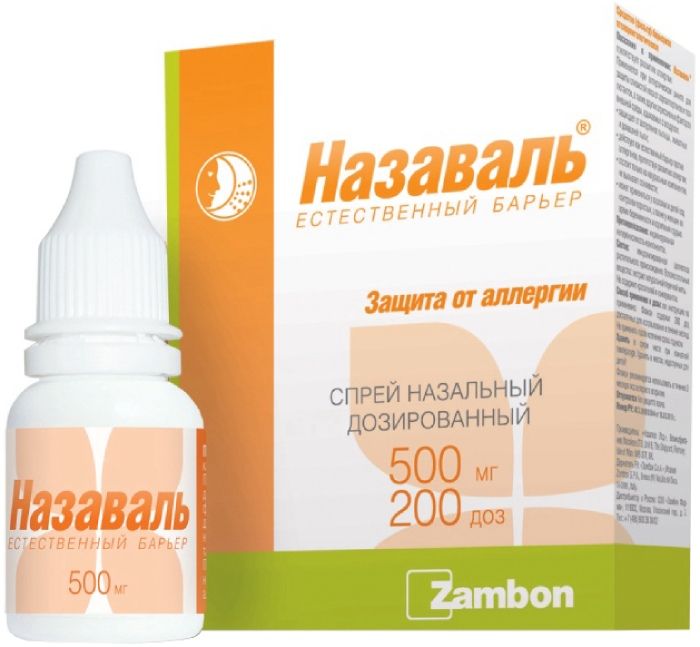
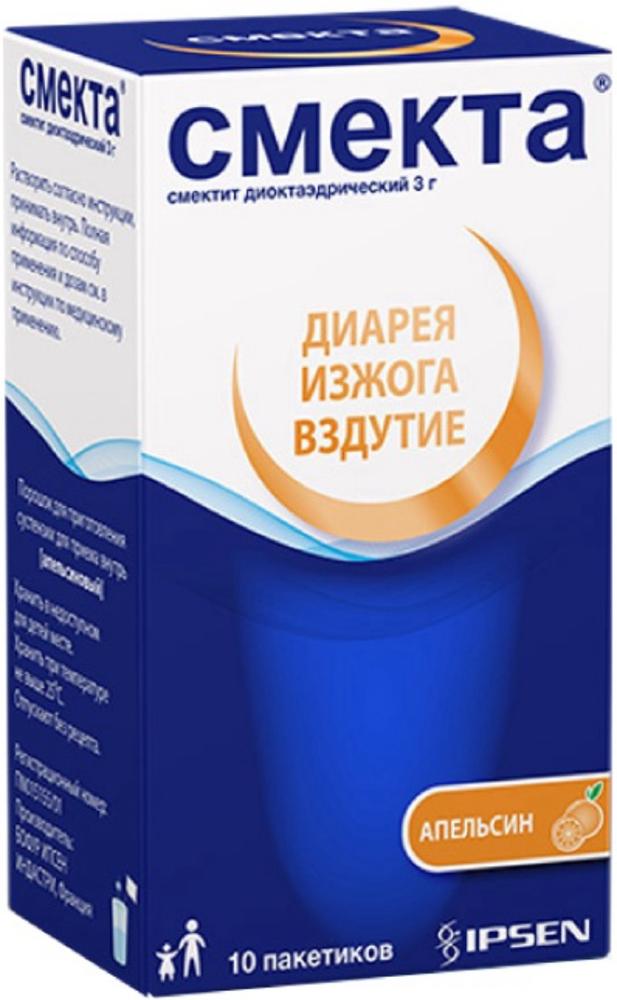
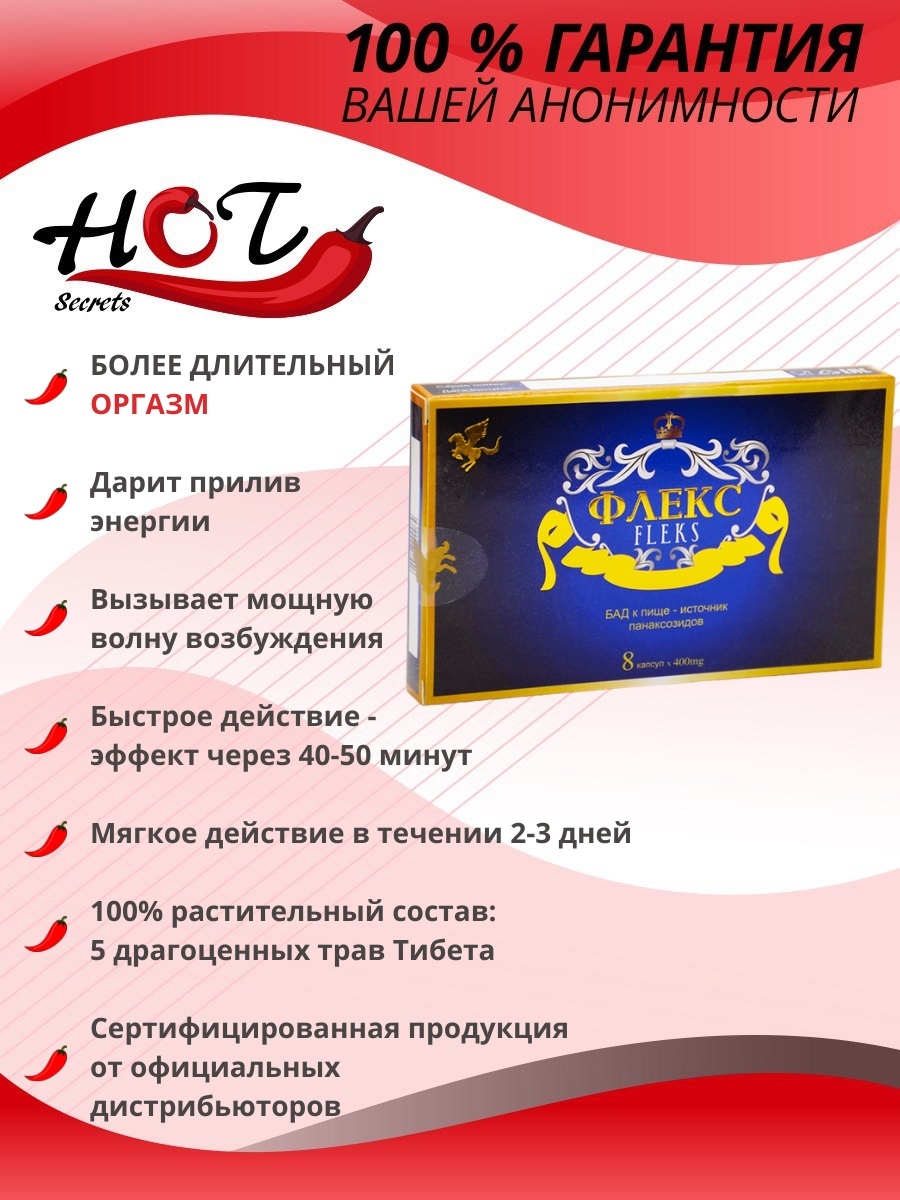

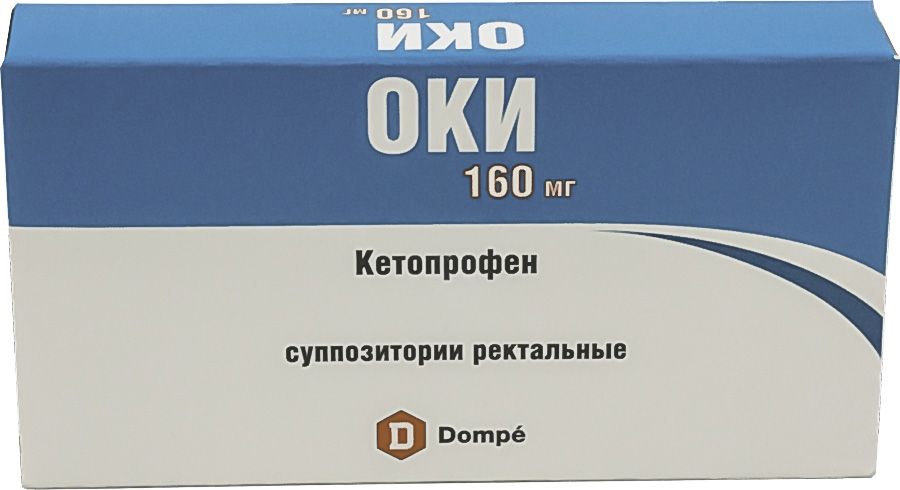
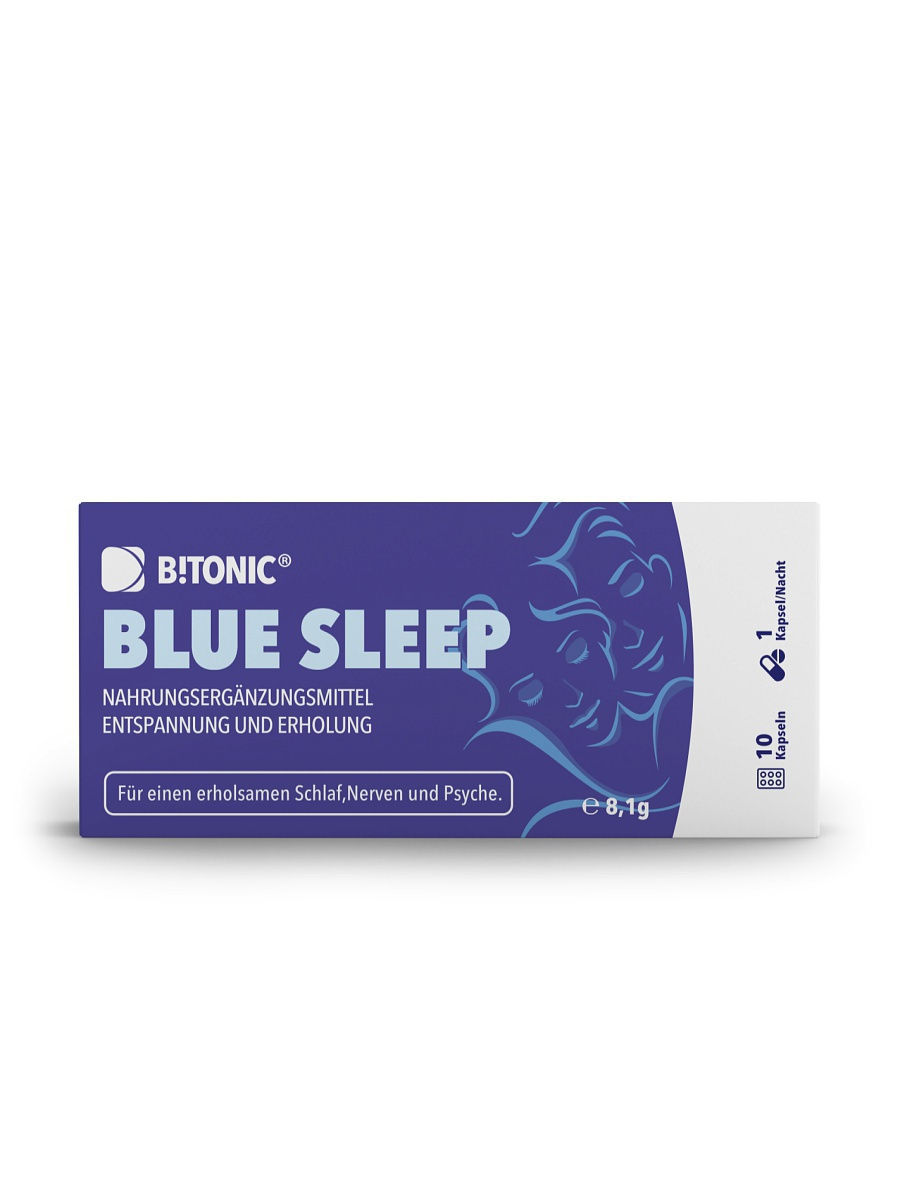





There are no reviews yet.